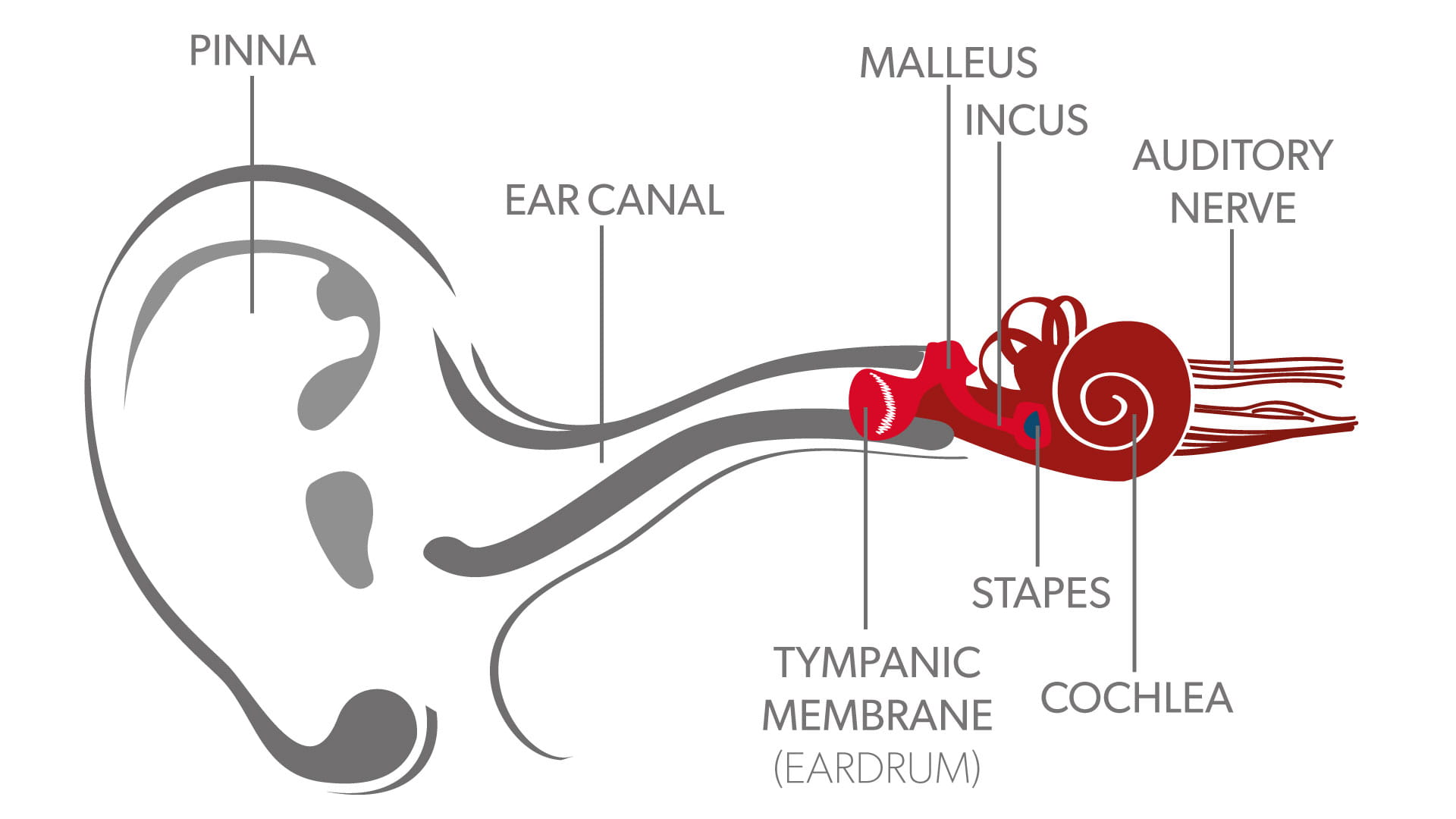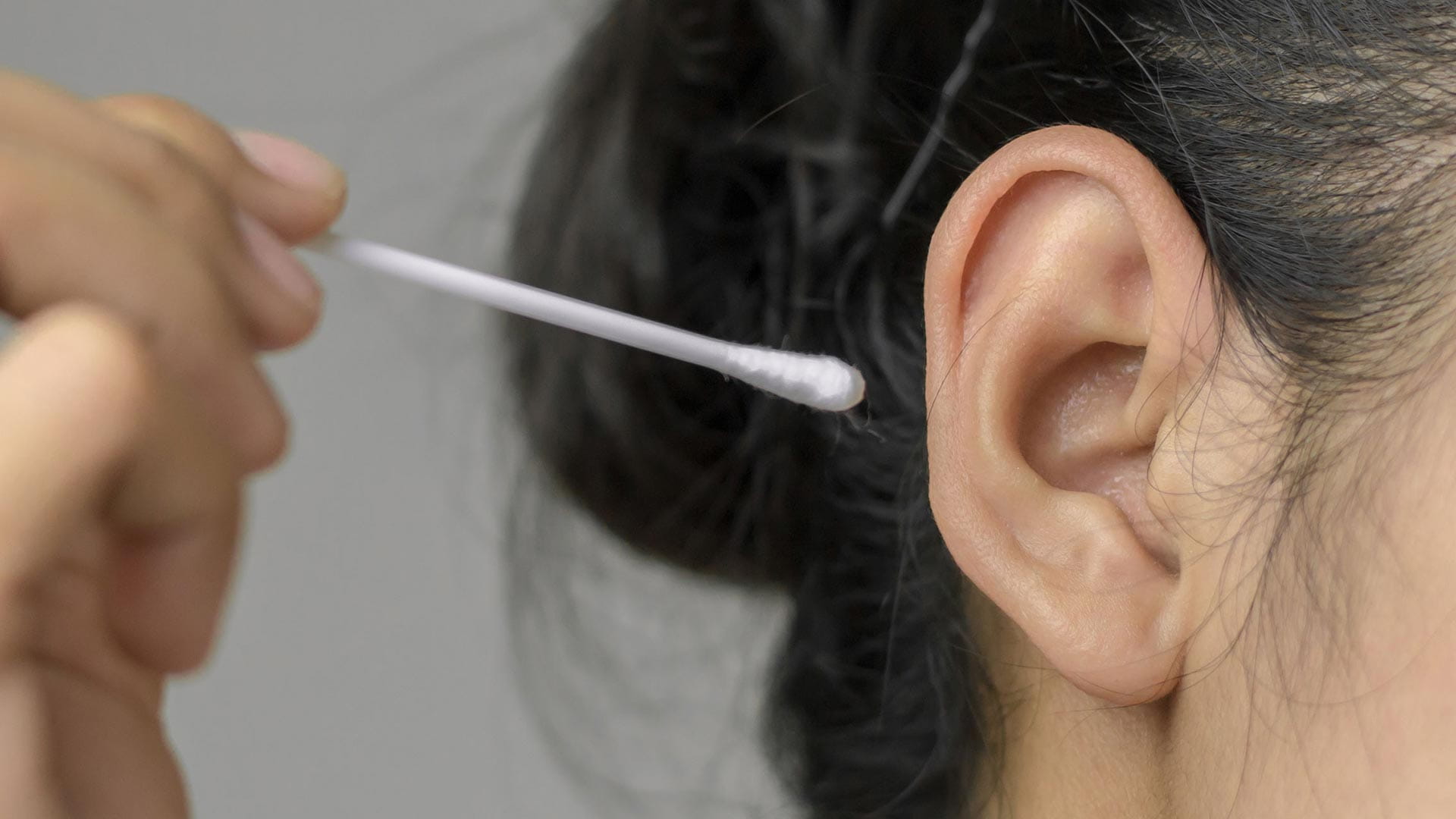

How your ears work
The human ear is a complex and delicate system that plays a crucial role in our ability to hear and process sound. From the outer ear to the inner ear, each component works together to capture and transmit sound vibrations to the brain.

Outer ear
The outer ear consists of the pinna (the visible part of your ear) and the ear canal. The pinna picks up sound, and the ear canal acts like a funnel that amplifies sound waves and delivers them to the eardrum. When the sound waves reach the eardrum, they cause it to vibrate, which sets off a chain reaction in the middle ear.
Middle ear
A chain of three tiny bones is attached to the other side of the eardrum. These bones are called the malleus, incus, and stapes (hammer, anvil, and stirrup), and together they are known as the ossicles. When the eardrum vibrates, it causes the chain of ossicles to move, amplifying the vibrations and passing them from the eardrum to the inner ear.
Inner ear
The part of the inner ear which processes sound is called the cochlea. This snail-shaped organ contains thousands of specialized cells called hair cells which convert the movement of the middle ear ossicles into electrical signals. The auditory nerve then transmits these signals to the brain, which interprets the sound into what we hear. Then, your brain analyzes the acoustic scene to help you identify sounds and voices.


